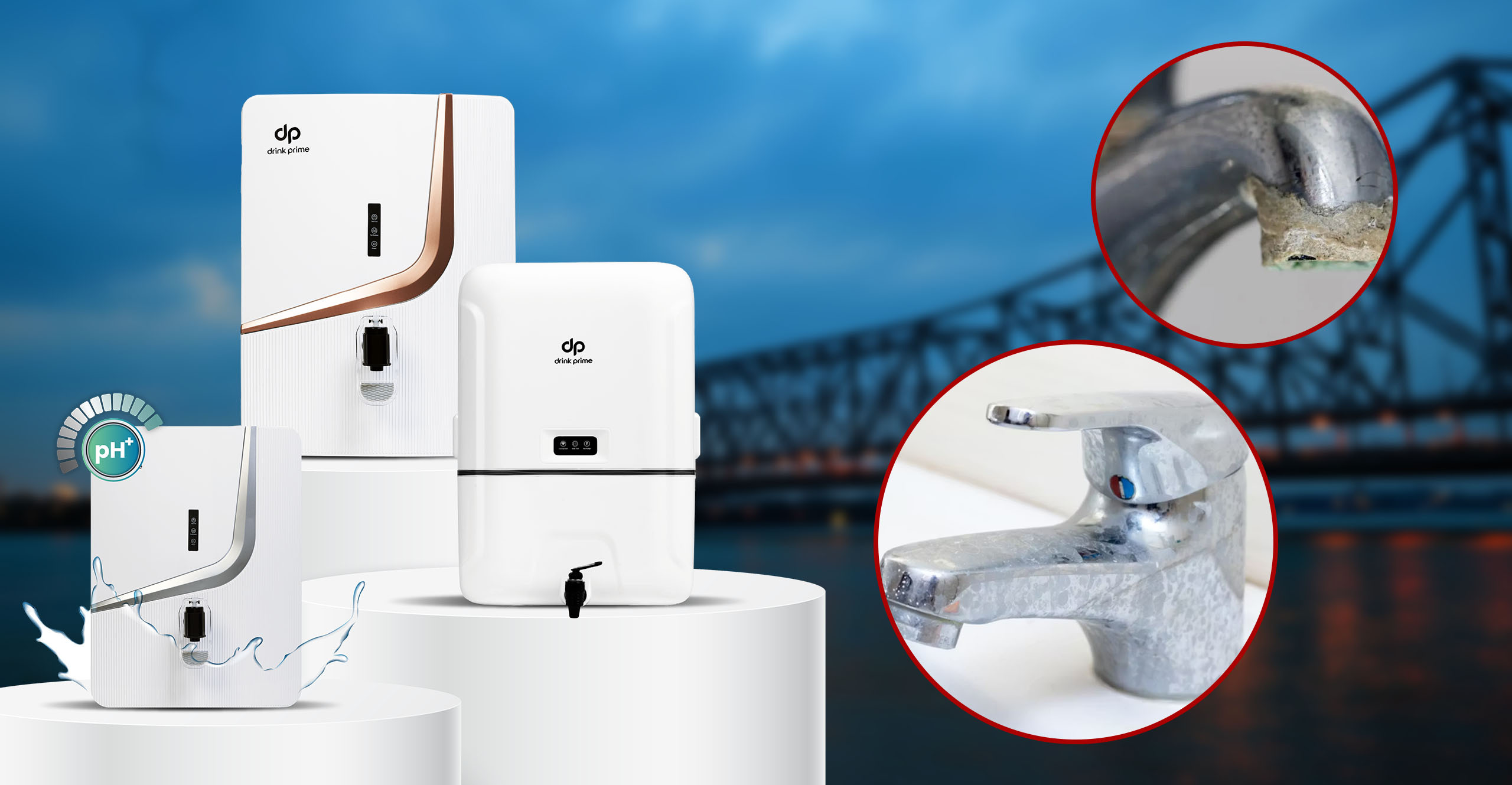Water is an essential part of life, but its quality sometimes directly impacts human health. Among several other contaminants that trigger drinking water safety, arsenic is among the most dangerous. But wondering what arsenic would be? Arsenic is a naturally occurring chemical element that is a metalloid, which means that it comprises metals and nonmetals properties.
Additionally, long-term exposure to arsenic via drinking water can lead to severe health problems, which include skin lesions, cancer, neurological effects, and cardiovascular diseases as well. Besides, the contamination often occurs due to natural geological processes, through agricultural runoff and industrial pollution. In this blog, we will delve into the importance of drinking water testing for arsenic, its health implications, and the best methods to ensure water safety.
Overview of Arsenic and Health Risks Associated with Arsenic Exposure
Arsenic is a naturally occurring component of the earth’s crust that is widely distributed throughout the air, land, and water. Also, it is highly toxic when arsenic is in the inorganic form. When arsenic is exposed to drinking water, it can lead to various health conditions, which include;
Cancer
According to a study, it is evidently proved that Arsenic is classified as Group 1 by the International Agency for Research on Cancer. (Source: NCBI) Moreover, prolonged ingestion increases the risk of cancers of the lungs, bladder, skin, and liver.
Hyperpigmentation and Skin Lesions
Besides, chronic exposure often leads to skin-related issues like changes in pigmentation, hard patches, and ulcerations.
Cardiovascular Diseases
Also, most of the studies have shown that linked arsenic exposure can increase the risk of high blood pressure and other heart-related ailments as well.
Neurological Effects
Arsenic affects cognitive function, which effectively leads to memory impairment, and other developmental issues in children, and even neurodegenerative diseases like Alzheimer’s as well.
Sources of Arsenic Contamination in Water
Natural Geological Processes
As groundwater moves through arsenic-rich rocks, most of the element dissolves and enters the water supplies. This process generally occurs due to natural weathering and chemical reactions between minerals and water that comprise arsenic.
Industrial Pollution
Additionally, mining, smelting, and manufacturing release all the arsenic into the environment, contaminating water, soil, and air. Moreover, mining also exposes arsenic in ores, while smelting discharges all the arsenic dust. Besides, industrial processes like pesticide and glass production effectively generate hazardous waste.
Agricultural Runoff
Sometimes pesticides, herbicides, and fertilizers contain arsenic compounds that seep into groundwater.
Improper Waste Disposal
Most of the industrial and household wastes can introduce arsenic into the water sources if it is not managed properly.
The Importance of Regular Arsenic Testing
Early Detection Saves Lives
If regular drinking water testing allows for early detection of arsenic levels, it prevents long-term exposure and several associated health risks.
Compliance with Safety Standards
Most of the municipal water suppliers and other private well owners should make sure that their water meets regulatory requirements and standards. Also, with regular testing make sure the compliance with WHO and Environmental Protection Agency guidelines as well.
Prevention of Health Epidemics
Mostly in areas with high arsenic contamination, systematic testing helps to identify and implement mitigation measures before any health issues arise.
Better Water Treatment Decisions
Also, testing provides a critical set of data for selecting the appropriate filtration and other treatment methods, hence making sure that there is an effective removal of arsenic from drinking water.
Methods of Removing Arsenic from Drinking Water
Reverse Osmosis Method
One of the best ways to remove arsenic is by the reverse osmosis system. The Reverse Osmosis method can retain up to 99% of TDS, which also includes arsenic in water.
Ion Exchange
In ion exchange methods, there are two types of resin required: one anionic and the other cationic. Such resin eliminates nitrates and sulfates, and it also regulates the pH level of water as well.
Distillation
Another method is distillation, where water boils and condenses the steam, hence leaving all the arsenic and other contaminants behind. Also, it effectively removes all the arsenic, producing safe and purified drinking water.
Final Thoughts
In summary, making sure safe purified drinking water is important to avoid all the severe health risks that are associated with arsenic, like cancer, skin lesions, cardiovascular issues, and so on. Additionally, regular drinking water testing and purification methods such as ion exchange, reverse osmosis, and distillation, it is a key to removing arsenic effectively.
For a safe and reliable solution, choose DrinkPrime, which offers an advanced water purification system to ensure safe and purified drinking water for you and your family.




